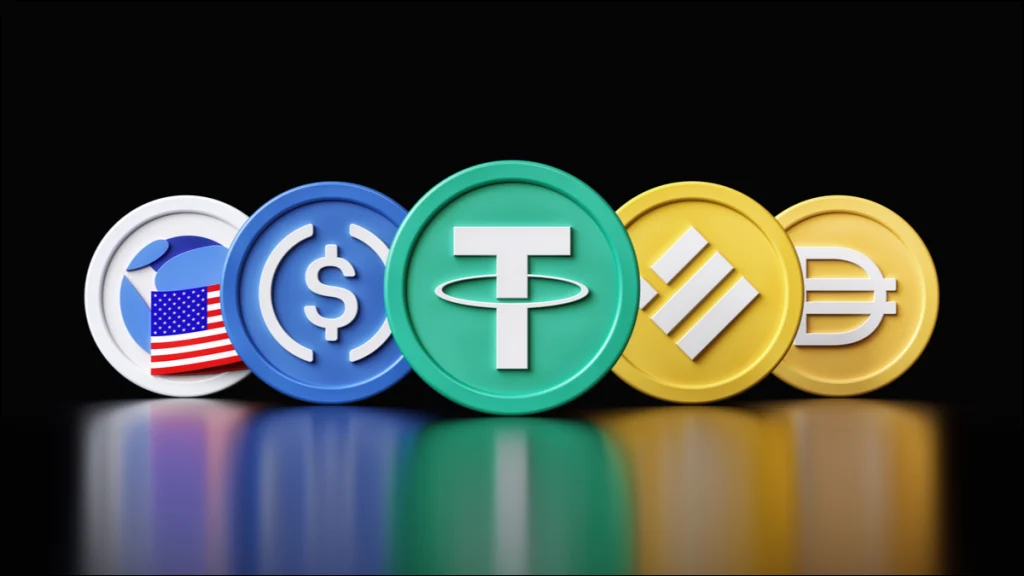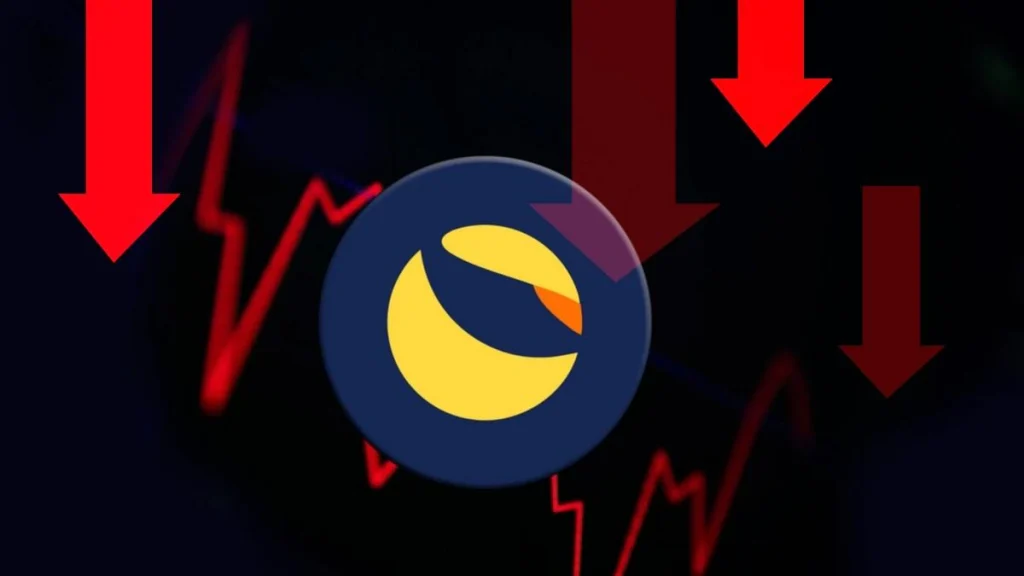Vitalik Buterin recently published a blog about stablecoins. He spoke about his general evaluation theory to evaluate stablecoins and their present situation. The catastrophic fall of LUNA and UST, which wiped off billions from the markets and investors’ pockets, threw stablecoins into a category of “fundamentally flawed products.”
Vitalik points out that just because one stablecoin failed, it doesn’t mean that the entire category of stablecoins is designed to fail. He wrote that there are quite some stablecoins that are poorly designed and might collapse eventually. He also added that there are stablecoins that are highly robust and built to survive extreme crypto market conditions.

Vitalik’s first thought experiment: A possibility of stablecoins safely dropping to zero users
Buterin believes that nothing lasts forever in the real world. We witness companies shutting down when they fail to find users and when the demand for their products vanishes from the market.
He highlights that there are also partial collapses where a product drops down to a different niche status. He also added that customers are not greatly affected in such situations in the non-crypto world. Vitalik visualizes stablecoins from such a perspective, where stablecoins can avoid collapsing and at the same time avoid the dependency on the incoming new users.

Vitalik Buterin highlights the flaw in Terra
Vitalik tags LUNA as volcoin (volatile coin) and highlights that in the Terra ecosystem, the price of LUNA is based on the expectation of future activity fees. He suggests that in a situation where there is zero future activity, the coin might drop to near-zero.
The market cap of the volcoin drops until it becomes quite small relative to the stablecoin. At that point, the system becomes extremely fragile: only a small downward shock to demand for the stablecoin could lead to the targeting mechanism printing lots of volcoins, which causes the volcoin to hyperinflate, at which point the stablecoin too loses its value.
Vitalik Buterin
Vitalik also wrote that Terra’s fall, which everyone witnessed was a self-fulfilling prophecy. In Terra’s case, it expected that a collapse is likely, reducing future fee expectations that dropped LUNA’s market cap to the bottom. It made the entire system weak, according to Vitalik, causing it to collapse.

Second thought experiment: Stablecoin peg to an index that can go up by 20% yearly
Vitalik says that stablecoins are largely pegged to the US dollar. He suggested that stablecoins could be pegged to a basket of assets. According to Vitalik, if someone can find an oracle to find that index, such a stablecoin can work without fail.
He concludes his experiment by quoting:
“For a collateralized automated stablecoin to be sustainable, it has to somehow contain the possibility of implementing a negative interest rate.”
Vitalik says that such a stablecoin should be able to respond to a zero interest rate situation where demand for holding exceeds demand for borrowing. If it fails, according to him, the price will move higher than the peg and this will cause price volatility.


Coming down to final thoughts
“In general, the crypto space needs to move away from the attitude that it’s okay to achieve safety by relying on endless growth.”
Vitalik mentions that the fiat world is different from the crypto world. He quotes that the fiat world doesn’t offer a higher return that moves faster than the regular economy. He concludes that even though we look and hope for growth, there should be a base evaluation. One should not only look at its current steady-state but also how it might respond in the worst conditions.
He states that even if a system passes this basic test, it can be weak for some different reason. But he highlights that one should always look for the steady-state and the extreme cases as the base evaluation criteria.





